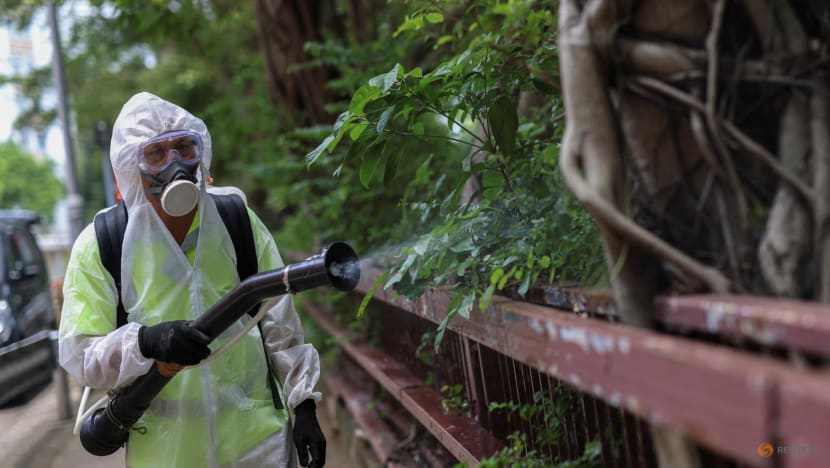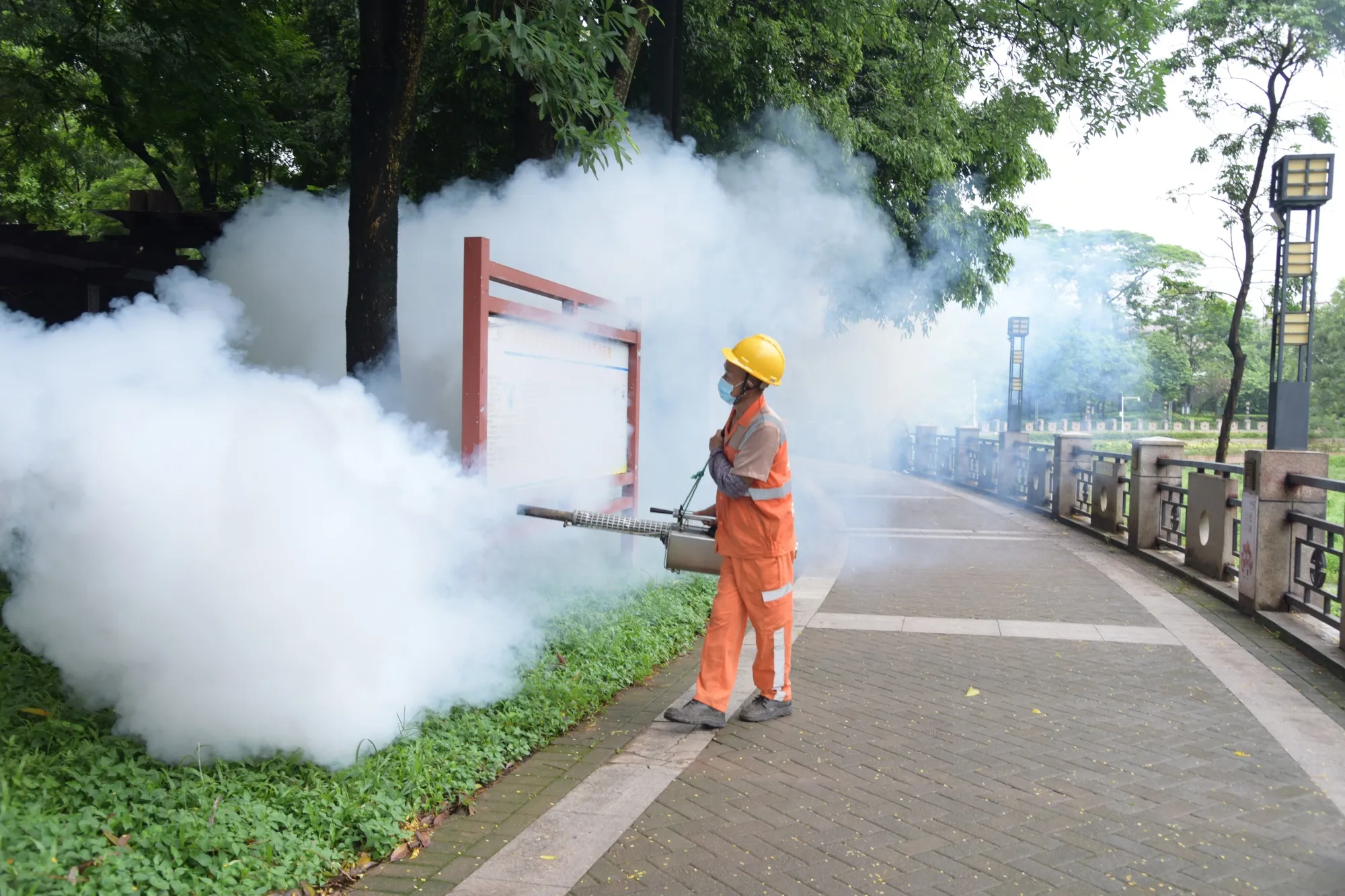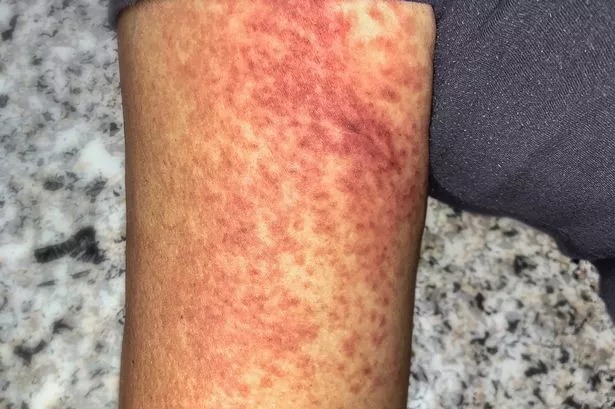The bustling cities and humid southern landscapes of China have been shaken by an unexpected public health crisis. What began as isolated reports of fever and joint pain has now developed into a full-scale outbreak — with over 7,000 confirmed cases of chikungunya. Health authorities have rushed to contain the spread, as residents in Guangdong Province — the hardest-hit region — struggle with the mosquito-borne disease that has disrupted daily life across communities.
The U.S. Centers for Disease Control and Prevention (CDC) has already issued a Level 2 travel alert, advising all travelers to China to exercise “enhanced precautions.” While chikungunya is rarely fatal, the illness can cause prolonged joint pain and fatigue that may last for months or even years. For many, this outbreak has revived memories of earlier epidemics that swept through Asia decades ago — and underscored the continuing threat of mosquito-borne viruses in an era of global travel and climate change.
Understanding Chikungunya: The Mosquito-Borne Menace

Chikungunya is a viral infection transmitted by Aedes mosquitoes — specifically Aedes aegypti and Aedes albopictus, the same species known to spread dengue and Zika. The virus is not transmitted directly from person to person, though in rare cases, blood transmission may occur. Once bitten by an infected mosquito, symptoms usually appear within 3 to 7 days.
According to the World Health Organization (WHO), chikungunya was first identified in Tanzania in 1952 and has since caused multiple outbreaks across Africa and Asia. The name “chikungunya” originates from the Kimakonde language, meaning “that which bends up,” referring to the stooped posture of sufferers due to severe joint pain.
In China’s current outbreak, most cases are concentrated in Guangdong Province, where high temperatures and stagnant water provide ideal breeding grounds for mosquitoes. Health officials are now intensifying efforts to control mosquito populations and educate the public on prevention measures.
Recognizing the Symptoms

Chikungunya often begins suddenly, with a high fever and intense joint pain. Patients describe the pain as deep and immobilizing, often affecting the wrists, ankles, and knees. Other symptoms may include:
- Severe joint swelling
- Muscle pain and stiffness
- Headache
- Fatigue and nausea
- Skin rash
While most people recover within a week, joint pain can linger for months and even years in some cases — particularly in older adults or those with pre-existing medical conditions. Unlike the common flu, chikungunya’s symptoms can be long-lasting, making recovery a slow and painful process for many.
How the Disease Spreads

The Aedes mosquitoes that carry chikungunya are most active during the early morning and late afternoon, making these the most dangerous times for exposure. These mosquitoes breed in stagnant water — buckets, flower pots, gutters, and even bottle caps left outdoors. Urban areas with poor drainage or heavy rainfall are particularly vulnerable, creating ideal environments for mosquito proliferation.
Authorities in Guangdong have begun spraying insecticides, cleaning waterlogged areas, and encouraging residents to remove standing water from their surroundings. Public awareness campaigns have also been launched to ensure that people understand how quickly an outbreak can escalate when preventive action isn’t taken early.
Treatment and Recovery
There is no specific antiviral treatment for chikungunya. Care focuses on relieving symptoms and ensuring adequate rest and hydration. Doctors typically recommend anti-inflammatory medications and pain relievers to manage joint and muscle discomfort. Most patients recover fully, though some may experience lingering fatigue or stiffness.
Health professionals emphasize that while chikungunya is rarely life-threatening, it can be debilitating, particularly for the elderly, newborns, and those with chronic health issues. In severe cases, hospitalization may be required to monitor dehydration or secondary complications.
Prevention: Protecting Yourself and Your Community

Preventing chikungunya centers on avoiding mosquito bites and reducing mosquito breeding sites. Experts recommend the following protective measures:
- Apply insect repellent containing DEET or lemon eucalyptus oil, especially when outdoors.
- Wear long-sleeved clothing and full-length pants to limit skin exposure.
- Sleep under mosquito nets, particularly in areas where chikungunya is prevalent.
- Eliminate standing water from containers, drains, and flower pots.
- Install window and door screens to prevent mosquitoes from entering homes.
- Stay indoors during peak mosquito activity hours — dawn and dusk.
In addition, global health agencies encourage communities to work together in mosquito control efforts, since even one household’s standing water can fuel a wider outbreak.
The Global Response and Vaccines
The World Health Organization and Chinese health authorities are closely monitoring the situation and coordinating efforts to contain further spread. Currently, two chikungunya vaccines have been approved in the United States — IXCHIQ, a live-attenuated vaccine, and VIMKUNYA, a virus-like particle vaccine — offering hope for better prevention in the future.
The outbreak in China has reignited global attention on the need for stronger vector control programs, improved sanitation infrastructure, and public education campaigns. With climate change expanding the habitats of disease-carrying mosquitoes, experts warn that chikungunya and similar infections could appear in regions previously considered low-risk.
A Reminder from Guangdong

For many in Guangdong, this outbreak has been a harsh reminder of how fragile health security can be. A single mosquito can carry a virus that affects thousands, and simple preventive actions can save entire communities from months of suffering.
As scientists continue to study the virus and improve vaccine availability, the message remains clear: awareness and prevention are the best defenses. Whether in rural villages or crowded cities, every household plays a role in breaking the chain of transmission.
While the situation in China is under control for now, health authorities are urging vigilance — because in the fight against mosquito-borne diseases, it only takes one bite to change everything.
Sources:
- World Health Organization (WHO) – Chikungunya Fact Sheet
- Centers for Disease Control and Prevention (CDC) – Chikungunya Virus
- National Institutes of Health (NIH) – Chikungunya Research Updates
